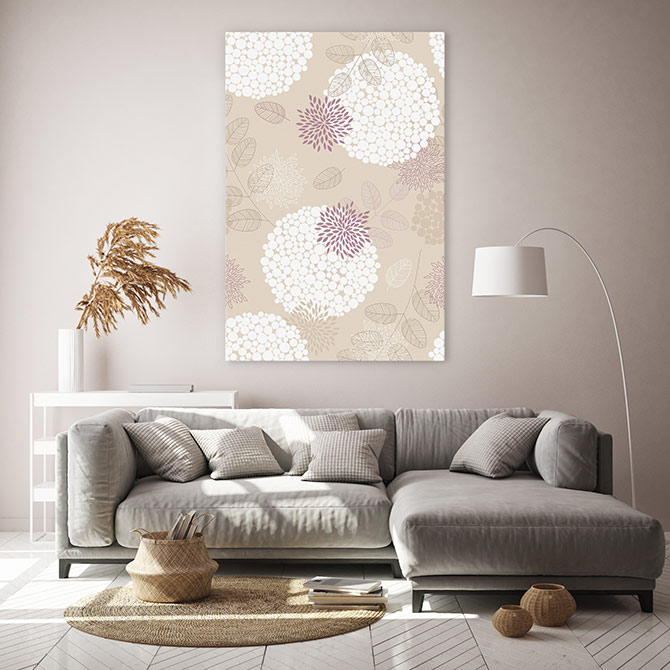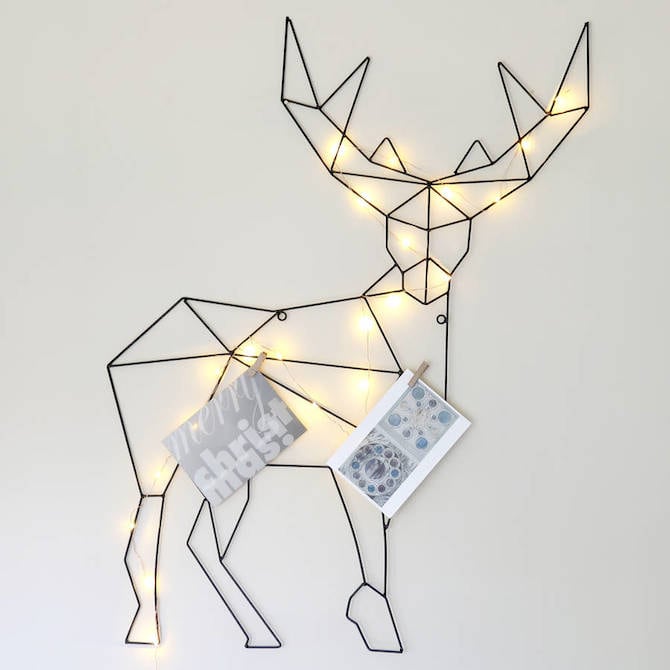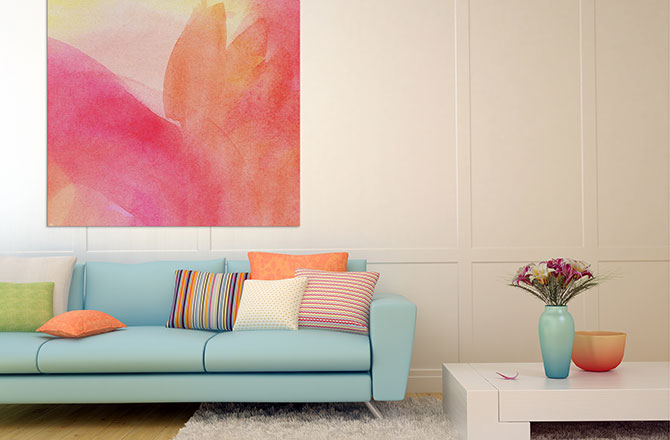When talking about colour in interior design, we often talk about how a colour makes us feel, but rarely do we understand the reasons behind the decisions we make.
The wonderful thing about colour psychology is that, once you know the basics, you can intentionally make decisions about what mood you desire a room to have then actively fulfil that desire.
The good news is that it’s not an exact science, so there’s no ‘getting it wrong’ and you can have a bit of fun with it along the way.
That said, we apparently share some of the same basic responses to colour and this can be quite a powerful tool for interior designers not only when decorating homes, but when deciding colours for offices and shops.
Interestingly (and this makes sense at a gut level), we experience our lives in colour which means using a particular colour can bring back memories and feelings – both good and bad.
So while you can use blanket ‘rules’ in common areas and the public domain, in your own home you are free to do whatever is right for you and your family.
For example, if pink means ‘tranquility’ to the wider populace but it makes you want to puke, don’t force it upon yourself in the name of psychology.
For a deeper appreciation of how colours influence people, check out this wonderful infographic Language Of Colours created by The Farthing.
It neatly illustrates popular colours for interiors, the effect of room colour on mood and the different colour preferences of men and women.
Before choosing colours for your own home, rather than making assumptions, talk to your partner and your family first. Consider using this Language Of Colours infographic as a conversation starter.
Rather than asking the standard ‘What colour do you like?’ instead ask ‘How do you want to feel in this room? Calm? Energised? Safe? Daring?’
Enjoy!




